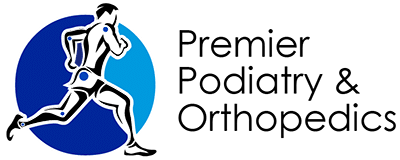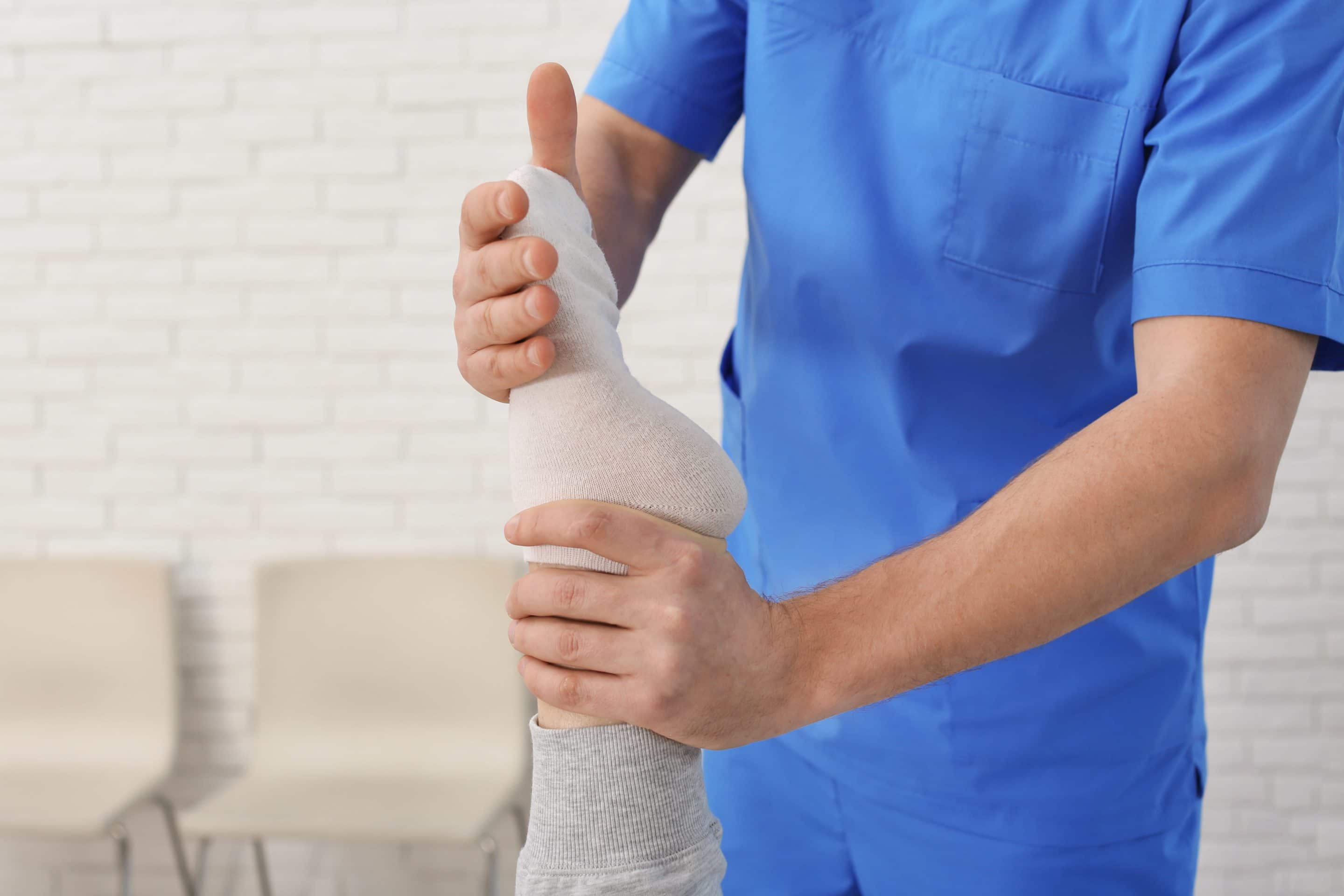Orthopedic Sports Medicine is Like Going to a Body Mechanic
If you play sports or regularly exercise, you might already have an idea of how the body works as a kind of natural machine.
As you charge down a field or perform reps with weights, you are making your body perform repetitive functions. You are performing work in a mechanical sense by shifting weight and propelling yourself—even if it feels like fun!
And, of course, you don’t have to be an athlete to understand the brilliant biomechanical design of your body. Unfortunately, we tend not to really think about these wonders much until something goes wrong.
If you suffer a sports injury or other problem that seems tied to the bones, muscles, or tissues, you want to treat it just as you would a mechanical problem in your car.
No, we don’t mean checking your personal warranty. You should go to a trusted expert who knows how everything works! And that is why we pride ourselves on orthopedic treatments in general.
Treating the Problem AND Keeping You Moving
Just how complex a natural machine is the body, anyway? Everything tends to move so effortlessly, after all—at least when we’re in fine order.
Let’s look at our lower limbs (since it is one of our major specialties, after all!). If you count both feet and both ankles, just this one area contains more than a quarter of the total bones in your body!
Then you must look at how they are connected. Each foot contains more than 30 joints and more than 100 connective tissues such as muscles, tendons and ligaments. Some may be quite small, but all are very important.
With every step you take, all of these parts are working together to ensure the job is being performed smoothly and efficiently. And even if other parts of your body have fewer moving parts, the proper function and health of all those parts is still paramount to overall comfort and mobility. Just like how one malfunction can suddenly make steering your car a whole lot tougher, a problem with just one muscle or tendon can make taking action a lot more challenging.
Coaching Your Natural Recovery
One big difference that our bodies have from cars—at least for now—is the ability to repair ourselves. However, this not always a perfect system.
Depending on the severity of damage we have sustained from an injury, our behaviors, and other external factors, even a relatively less severe injury may not be able to heal on its own. In other cases, it may heal, but not in the proper way. Both of these situations can lead to chronic pain and a greater likelihood of future injury.
Take an ankle sprain, for example. There are many cases that are so minor as to be treatable at home. Unfortunately, if an ankle sprain does not heal properly, the ankle joint can grow less stable, which can lead to a greater likelihood of suffering another sprain, which weakens joint stability further, etc. Any athlete knows that repeated injuries in the same location often precedes hanging up the gear for good.
An orthopedist is not only concerned with addressing the immediate problem, but reducing the risks of complications down the road as well. This includes guiding a patient down the path of recovery.
Sometimes—especially for athletes—this may include enhancing the process with advanced treatments to accelerate healing, reduce pain, and decrease inflammation. Many times it includes rehabilitation in the form of stretches and exercises to build strength and stability in certain areas. Whatever the ultimate plan of treatment is, it should be followed specifically for best results now and best performance in the future.
Sports Medicine is Not a “Last Resort” Treatment
There is a common fear that getting help for a sports injury means having to lay off from training or sports for longer than you might if you could just coax yourself toward healing on your own. Unfortunately, this is rarely the case. Ignoring a problem not only causes more pain and reduces your performance now, but also eventually leads to even longer and more frustrating setbacks.
Yes, it is true that rest is almost always part of the recovery process. And yes, there are even uncommon cases when surgery may be necessary—and recovery from that can be even longer. However, two crucial facts must be kept in mind:
- You do not want to roll the dice on a troublesome sports injury clearing up well on its own—especially if it has already been plaguing you for some time!
- Our mission is not just to treat the immediate issue, but help you back to active strength as well.
We will not leave you hanging during recovery. We can recommend a good routine to rehabilitate your injured area and keep you active in ways that will be safe while you heal.
We know that a sports injury can be a setback no matter how you approach it, and we are not asking you to be happy about it. What we do ask is that you have faith in our services giving you the best recovery possible, and we are always happy to answer any questions and discuss just how we can do that for you.
Do not wait to give a sports injury the attention it deserves. Call Premier Podiatry & Orthopedics at (916) 961-3434 to schedule an appointment with one of our offices in Roseville or Carmichael. If you prefer to reach us electronically, please feel free to fill out our online contact form instead.
Looking to schedule an appointment with a physician?
Carmichael Office
6620 Coyle Avenue,
Suite 202
Carmichael, CA 95608
Roseville Office
576 N Sunrise Avenue,
Suite 230
Roseville, CA 95661
Folsom Office
1580 Creekside Drive,
Suite 100 & 110
Folsom, CA 95630
Social
© Premier Podiatry & Orthopedics. All Rights Reserved. | Privacy Policy

